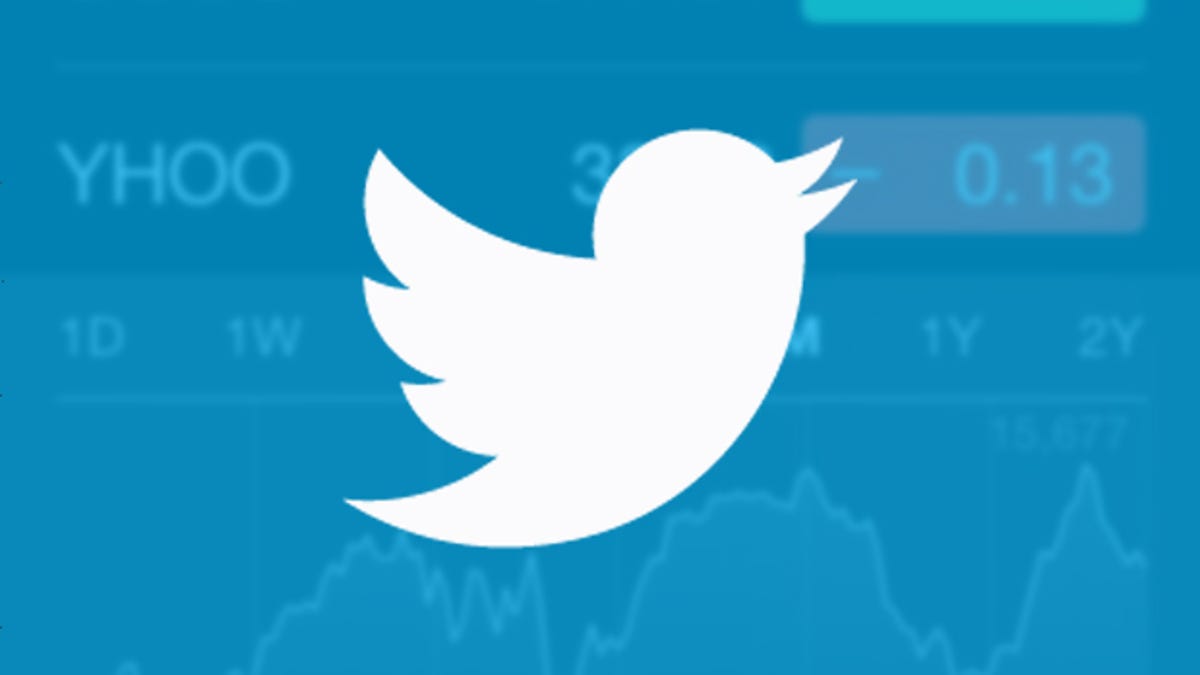Twitter's IPO filing: 6 surprises
At more than 164 pages, the social network's prospectus obscures a number of fun factoids that you don't want to miss.

Confidential no more, Twitter's formerly secretive operations are open to public scrutiny for the first time. Thursday, the real-time social network for 140 characters filed its S-1 publicly with the Securities and Exchange Commission on its road to raising $1 billion through a public offering.
Lo and behold, the 7-year-old company has disclosed some juicy tidbits that were previously strictly confidential. Sifting though the legalese and boilerplate content, we've uncovered the fascinating finds:
1. Evan Williams owns 12 percent of Twitter: With more than 56.9 million shares, the Twitter co-founder, who now runs startup Medium, owns a larger stake than any other executive or stockholder. Williams also owns more than double the number of shares of Jack Dorsey, who is credited with the invention of Twitter. Both former executives, however, have much larger chunks in the company than current CEO Dick Costolo. Meanwhile, Biz Stone, Twitter's other co-founder, is mentioned a total of zero times in the prospectus.
2. CEO paid in pennies: OK, not really, but Costolo no longer makes a ton in take-home pay. The 49-year-old Twitter chief's annual salary was reduced this August to just $14,000, or $100 for each of the 140 characters that Twitter allows in its tweets. He was previously making $200,000 a year. But don't worry about Dick. His total compensation package for 2012 was estimated to be worth $11.5 million when including stock and performance awards. Costolo currently owns around 7.6 million Twitter shares, good enough for a 1.6 percent stake in company.
3. Twitter is smaller than expected: The company has long said that it has more than 200 million active users. Thursday, we found out that the "more than" it's been referring to equals just 18 million people, making the social network notably smaller than the 240 million figure that had been speculated about in the lead-up to the filing. Twitter's population remains still less than a fifth the size of Facebook's 1.15 billion-member audience. The information network is actually much closer in size to Facebook-owned Instagram, which has 150 million monthly active users and was identified by name in the S-1 as competition. Twitter may even be smaller than it was just a few months ago. The company said that it suspended a "large number" of accounts in the second quarter of this year after improving its spam-detection capabilities. Currently, Twitter estimates that less than 5 percent of monthly active users are spam or false accounts.
4. Twitter invented ARPTV monetization metric: Instead of breaking down average revenue per user (ARPU), a common practice among consumer Internet companies, Twitter has concocted its own formula for understanding how it makes money off user attention: advertising revenue per timeline view, which we'll call ARPTV.
Timeline views are defined as "the total number of timelines requested when registered users visit Twitter, refresh a timeline or view search results while logged in on our Web site, mobile Web site or desktop or mobile applications."
Further, Twitter's monetization metric of advertising revenue per timeline actually equates to advertising revenue per 1,000 timeline views during a specific time period. Twitter said ARPTV was $2.17 in the US and 30 cents for the rest of the world during the second quarter of this year, with its worldwide ARPTV coming in at 80 cents.
Investors are accustomed to ARPU as a means to track revenue sources and growth, so Twitter's deviation from the standard will make it difficult to evaluate alongside competitors like Facebook, which makes an average of $1.60 per user.
5. The company can't see the full picture, and neither can you: The S-1 notes that Twitter can't fully track timeline views from TweetDeck and Mac clients, meaning that it has a limited view of all the activity that members are taking across the network. As such, the company is also limited in its ability to accurately calculate, in its own terms, how it monetizes the platform.
6. Twitter isn't profitable and revenue growth has slowed: Twitter had a net loss of $69.3 million during the first six months of this year, representing an increase of 41 percent over the same period last year. The company's revenue growth rate has also slowed. Twitter grew revenue by 198 percent from 2011 to 2012, but only grew revenue by 107 percent year-over-year in the first six months of 2013. To combat these obstacles, Twitter purchased BlueFin Labs, a social television analytics service, for $67.3 million in stock in February, and is in the process of picking up mobile ad exchange MoPub (for 14.8 million shares), as disclosed in the S-1. The big-ticket buys should assist Twitter as it attempts to compete with other social networks and help it squeeze more advertising dollars out of buyers.
Spot something else surprising in Twitter's S-1? Share your finds in the comments.
Correction, 7:45 p.m. PT: The story has been corrected to reflect that Twitter's net loss has increased 41 percent year-over-year.

